Understanding Key Fob Failure: Common Causes and Solutions
Key fobs have revolutionized the way we interact with our vehicles, offering unparalleled convenience and improved security. However, like all technology, they are not immune to failure. When a key fob stops working, it can lead to frustration, inconvenience, and sometimes even costly repairs or replacements. Understanding why key fobs fail, how to troubleshoot issues, and what solutions are available is essential for every vehicle owner. In this in-depth guide, we will explore the most common causes of key fob failure, effective solutions, and proactive tips to keep your key fob functioning reliably.
Whether you are a car enthusiast, a concerned driver, or an automotive locksmith seeking to enhance your expertise, this comprehensive article will equip you with the knowledge needed to tackle key fob problems with confidence. Read on to discover practical advice, advanced troubleshooting techniques, and expert insights into the world of automotive key fobs.
What is a Key Fob and How Does It Work?
A key fob is a small, handheld remote-control device that communicates with a vehicle’s onboard computer via radio frequency (RF) signals. Modern key fobs can perform a variety of functions, such as locking and unlocking doors, opening the trunk, remotely starting the car, and even activating panic alarms. Some advanced models utilize proximity sensors, allowing for keyless entry and push-button ignition.
The core technology behind key fobs involves encrypted codes and rolling security algorithms to prevent unauthorized access. When a button is pressed, the fob sends a unique signal to the vehicle, which then responds if the code matches its stored data. This secure communication protocol significantly reduces the risk of auto theft, but also adds layers of complexity that can lead to potential points of failure.
For more detailed information on the inner workings of modern keyless entry systems, you can refer to this in-depth explanation of keyless entry technology.
Common Causes of Key Fob Failure
Key fob failures can stem from a variety of sources, ranging from simple battery depletion to intricate electronic malfunctions. Understanding these causes is the first step toward effective troubleshooting and resolution.
1. Dead or Weak Battery
The most frequent reason for a malfunctioning key fob is a dead or weak battery. Key fobs are powered by small coin-cell batteries that typically last one to three years depending on usage. Signs of a weakening battery include reduced range, intermittent functionality, or complete unresponsiveness. In most cases, replacing the battery is a simple and inexpensive fix.
2. Physical Damage
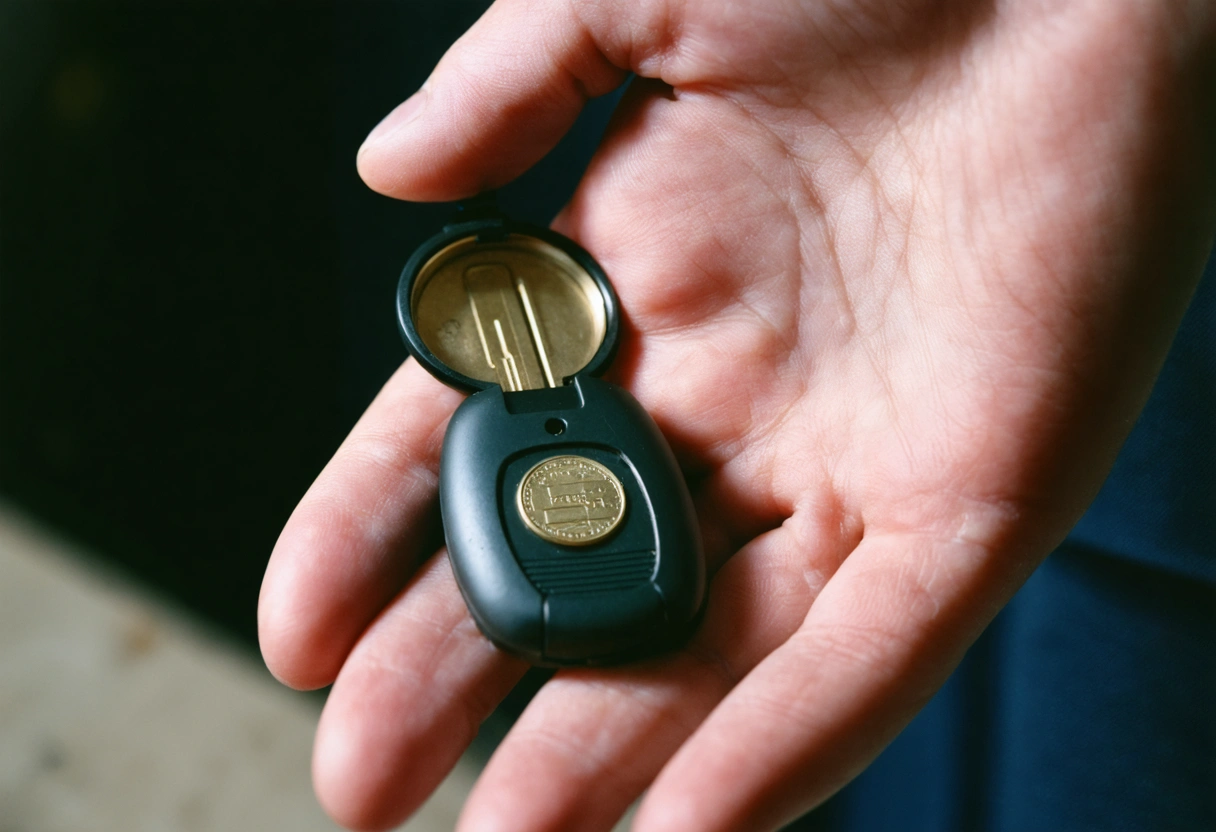
Physical impacts, water exposure, or general wear and tear can damage the internal circuitry of a key fob. Dropping the fob, spilling liquids on it, or exposing it to extreme temperatures may disrupt its electronic components or cause corrosion. Even minor cracks or loose buttons can impede the transmission of signals.
3. Signal Interference
RF signal interference is an often-overlooked cause of key fob issues. Electronic devices, wireless routers, and even nearby vehicles can disrupt the communication between your key fob and vehicle. In crowded parking lots or high-density urban environments, interference may temporarily prevent your fob from working correctly.
4. Reprogramming or Synchronization Issues
Sometimes, key fobs lose synchronization with the vehicle’s onboard computer. This can occur after a battery change, electrical system reset, or software update. In these cases, the fob may require reprogramming to restore functionality. Some vehicles allow owners to resynchronize their key fobs, while others may require dealer or locksmith intervention.
5. Faulty Fob or Car Receiver
A malfunctioning key fob or a faulty receiver in the vehicle can also lead to failure. Internal electronic faults, damaged transponders, or issues with the vehicle’s receiver module can prevent proper communication. These problems often necessitate professional diagnostics and repair.
6. Worn Buttons or Contacts
Frequent use can wear out the buttons or internal contacts within the key fob. Over time, the tactile switches may lose their responsiveness, making it difficult or impossible to send commands to the car. This is common in older fobs or those subjected to heavy daily use.
Diagnosing Key Fob Problems: Step-by-Step Guide
Proper diagnosis is crucial for determining the root cause of key fob failure. By following a systematic approach, you can often pinpoint the issue and decide whether a simple fix or professional help is required.
Step 1: Check the Battery
Begin by replacing the key fob battery with a fresh, high-quality cell. Even if the battery appears to have some charge left, a new battery eliminates this common variable. Make sure to use the correct battery type as specified in your vehicle’s manual.
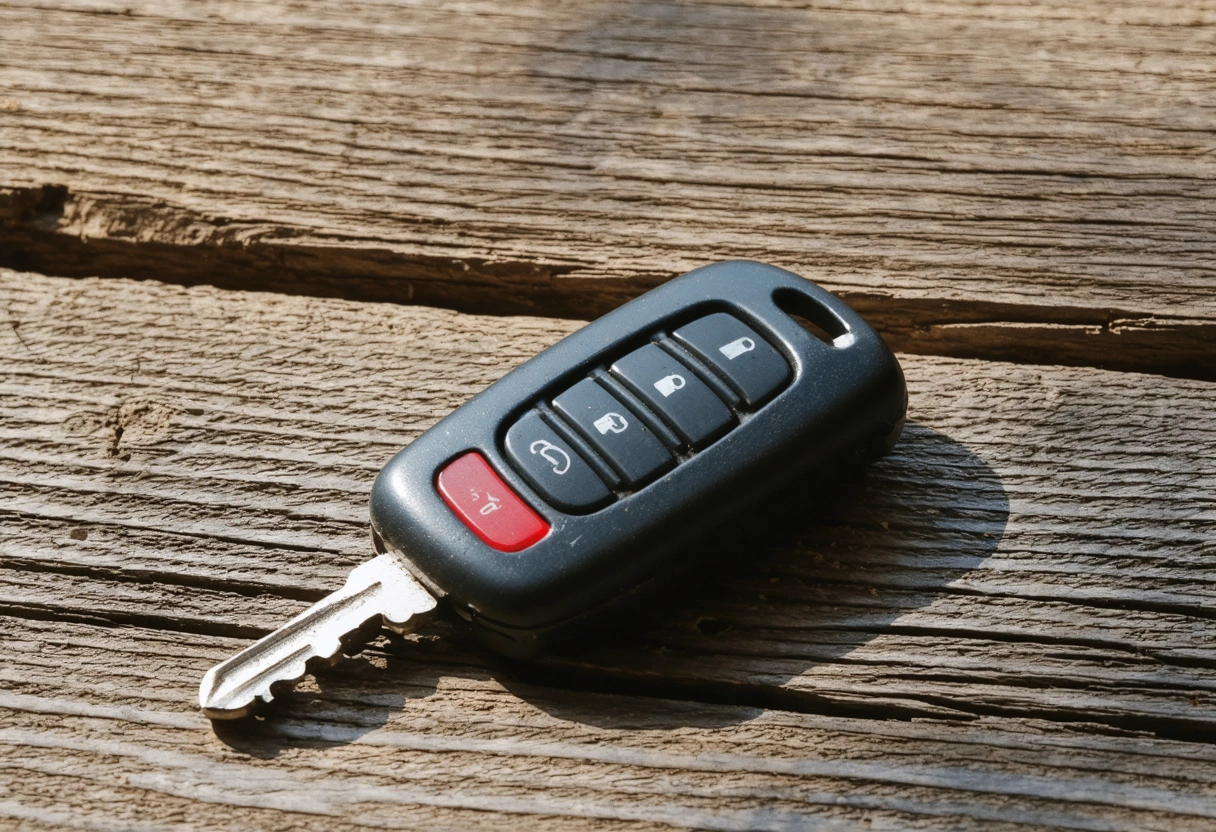
Step 2: Inspect for Physical Damage
Examine the exterior of the key fob for cracks, water damage, or signs of corrosion. Open the casing (if possible) and check the internal circuit board for rust or residue. Clean any debris carefully with isopropyl alcohol and a soft brush.
Step 3: Test for Signal Interference
Try using the key fob in different locations. If it works in one area but not another, electronic interference may be to blame. Move away from wireless routers, power lines, or large metal objects and test the key fob again.
Step 4: Attempt to Reprogram or Resynchronize
Consult your vehicle’s manual for instructions on how to reprogram or resynchronize your key fob. Some cars allow you to perform this process at home using a series of ignition and button presses, while others may require specialized equipment. If you are unable to reprogram the fob yourself, consult a professional locksmith or your dealership.
Step 5: Test with a Spare Fob
If you have a backup key fob, use it to determine if the issue lies with the original fob or the vehicle’s receiver. If both fobs fail, the problem may be with the car’s receiver or electrical system.
For more guidance on diagnosing remote keyless entry issues, you can consult this authoritative troubleshooting guide for key fobs.
Solutions to Common Key Fob Problems
Once you have identified the cause of your key fob failure, you can explore appropriate solutions. Many issues can be resolved at home, while others may necessitate professional intervention.
Battery Replacement
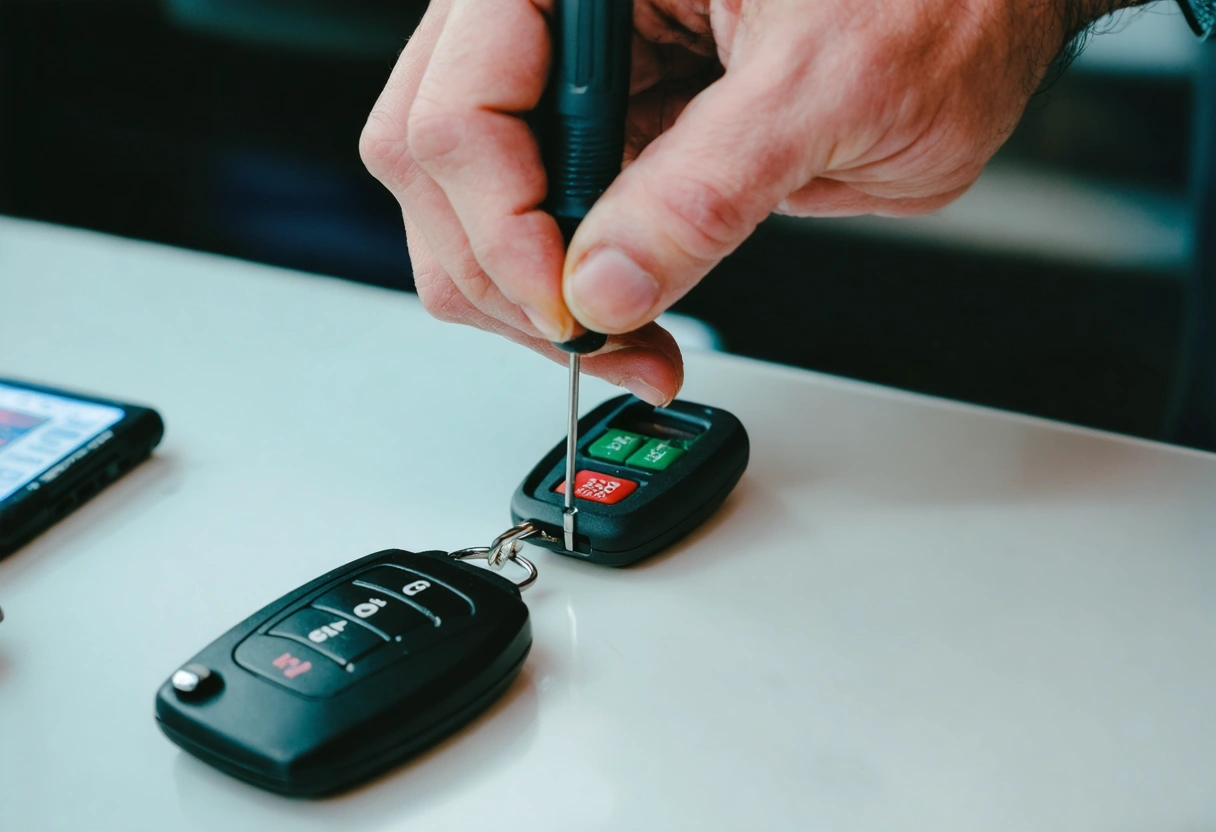
Replacing a key fob battery is straightforward and can often restore full function. Most fobs use standard coin-cell batteries, which are readily available at electronics stores or online. Use a small screwdriver or coin to open the fob, replace the battery, and ensure the contacts are clean before reassembling. Always refer to your owner’s manual for specific instructions.
Repairing Physical Damage
Minor physical damage, such as a loose button or small crack, can sometimes be repaired with a replacement shell or button kit. If the internal circuit board is damaged or corroded, it may need to be professionally cleaned or replaced. Avoid using superglue or other adhesives that may further damage the electronics.
Resolving Signal Interference
If you suspect RF interference, try to identify and eliminate sources of disruption. Park away from large metal structures, wireless routers, or electronic equipment that may interfere with your key fob’s signal. If interference continues to be a problem, consider using a signal booster or consulting a professional for further diagnostics.
Reprogramming the Key Fob
If your key fob has lost synchronization with your vehicle, refer to the manufacturer’s instructions for reprogramming. Some vehicles require a series of steps involving the ignition switch and key fob buttons, while others may need specialized diagnostic tools. Professional automotive locksmiths or dealerships have the necessary equipment to reprogram most key fobs quickly and securely.
Replacing a Faulty Key Fob
If the key fob itself is beyond repair, you will need a replacement. OEM (original equipment manufacturer) fobs are available through dealerships, while aftermarket options can be found online or at locksmith shops. Be sure to have the replacement programmed and paired with your vehicle by a qualified technician.
Repairing or Replacing the Vehicle Receiver
If both your key fobs fail to work, the problem may lie within the car’s receiver or electrical system. This often requires advanced diagnostics using specialized tools. Professional locksmiths or authorized dealerships can test the receiver, repair faulty wiring, or replace malfunctioning components as necessary.
For step-by-step battery replacement tutorials, you can check out this helpful guide on replacing key fob batteries.
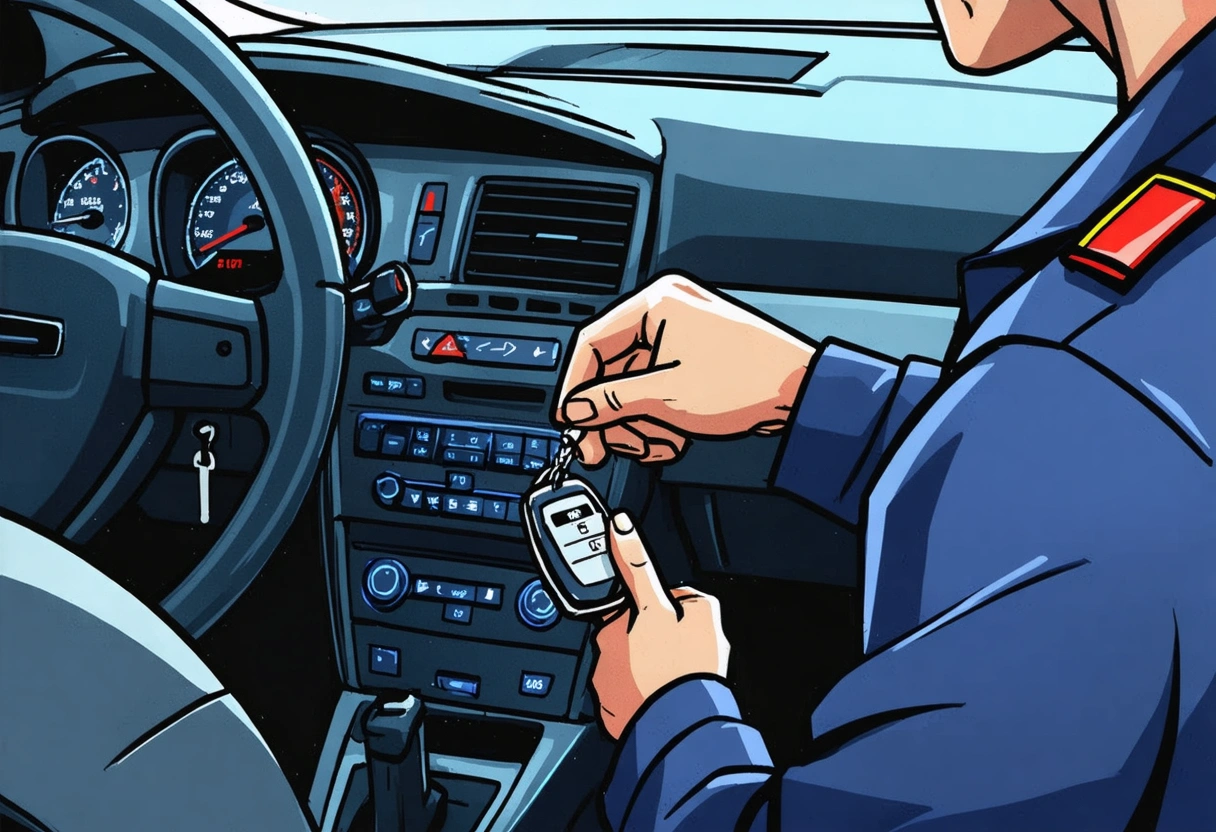
Proactive Tips to Prevent Key Fob Failure
Prevention is always better than cure. By following a few simple practices, you can extend the lifespan of your key fob and reduce the likelihood of unexpected failures.
Keep the Key Fob Clean and Dry
Avoid exposing your key fob to moisture, dirt, or extreme temperatures. Store it in a protective case and keep it away from water sources, such as pools or sinks. Regularly clean the exterior with a soft cloth to prevent buildup of grime or debris.
Replace Batteries Regularly
Don’t wait for your key fob to stop working before changing the battery. Replace the battery every 12 to 24 months, or at the first sign of reduced range or responsiveness. Keeping a spare battery on hand can save you time and hassle in emergencies.
Use Key Fobs Responsibly
Avoid dropping your key fob or subjecting it to physical shocks. Handle it gently, and refrain from pressing buttons unnecessarily, as excessive use can wear out the internal switches.
Have a Spare Key Fob
Always keep a spare, programmed key fob in a safe place. This can be invaluable if your primary fob fails unexpectedly, and can help you determine whether the issue is with the fob or the vehicle.
Stay Informed on Security Updates
As automotive technology advances, so do the methods used by thieves to exploit vulnerabilities. Stay informed about keyless entry security updates and recall notices issued by your vehicle manufacturer. Addressing these promptly can protect both your vehicle and your key fob’s functionality.
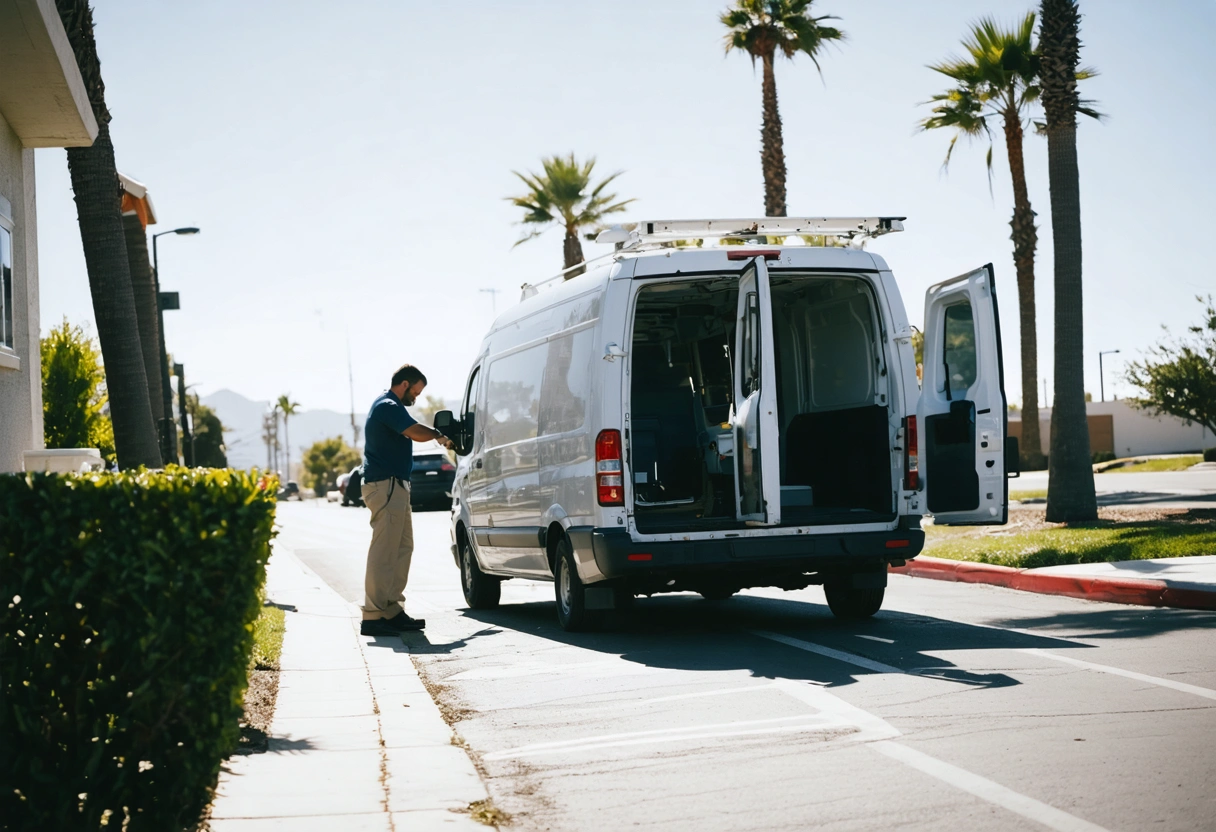
When to Consult a Professional Automotive Locksmith
While many key fob issues can be resolved at home, certain situations require the expertise of a professional automotive locksmith. If you encounter complex problems such as a faulty receiver, unresponsive key fob after battery replacement, or persistent programming issues, it is best to seek professional help.
Experienced locksmiths have specialized tools to diagnose and repair electronic key fob systems. They can also provide replacement fobs, perform advanced programming, and offer advice on security upgrades. In emergencies, locksmiths can often provide mobile services to get you back on the road quickly and safely.
For more information on the role of automotive locksmiths and the services they provide, visit this insightful article on car key fob solutions.
Advanced Key Fob Technologies and Unique Failure Scenarios
As vehicles become increasingly sophisticated, so do their key fobs. Modern systems may include features such as remote engine start, proximity unlocking, and biometric authentication. While these advancements enhance convenience, they also introduce new potential failure points.
For example, some high-end vehicles use NFC-enabled key cards or smartphone-based digital keys. These systems depend on both hardware and software integration, and failures can result from app glitches, smartphone malfunctions, or wireless communication errors. In such cases, standard troubleshooting methods may not apply, and professional assistance or software updates may be required.
Additionally, advanced security protocols such as rolling codes and encrypted authentication can sometimes malfunction, locking out even authorized users. Automotive locksmiths and dealerships stay up to date with these evolving technologies to ensure they can offer effective solutions for even the most cutting-edge key fob systems.
Ensuring Reliable Key Fob Performance
Key fobs are a critical component of modern vehicle security and convenience. While they offer many benefits, their complexity means that failures are inevitable from time to time. By understanding the most common causes of key fob failure, employing systematic diagnostic methods, and knowing when to call in a professional, you can minimize downtime and avoid costly surprises.
Regular maintenance, responsible usage, and staying informed about the latest technological developments are key to ensuring your key fob continues to serve you well. Whether you are a vehicle owner or an automotive locksmith, mastering the intricacies of key fob systems will keep you one step ahead of potential issues and empower you to handle any challenge with ease.
For a deeper dive into automotive security and keyless entry systems, explore this comprehensive resource on automotive keyless entry technologies.

